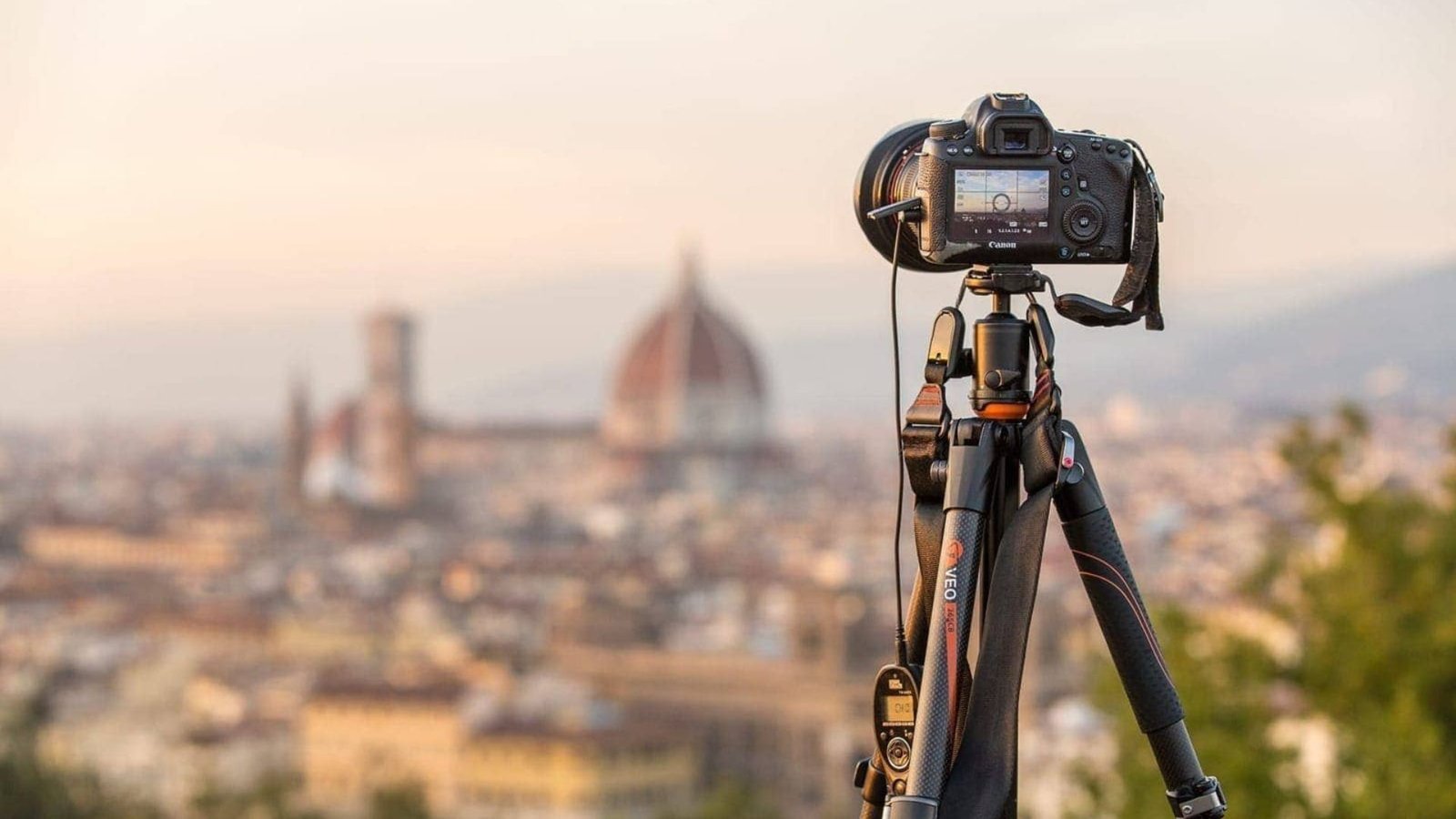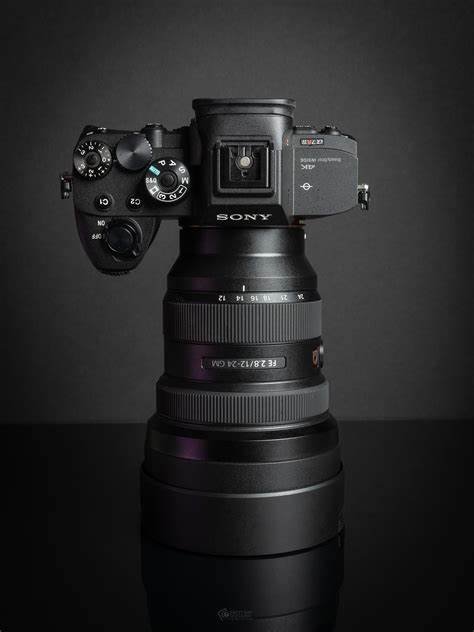A tripod is an essential tool for photographers, offering numerous advantages that can elevate the quality of your images. Here’s a detailed look at how using a tripod can benefit your photography.

Improved Stability
Stability is crucial for capturing sharp, clear images, especially in low-light conditions or when using slow shutter speeds.
Benefits:
- Prevents Camera Shake: A tripod stabilizes your camera, reducing the risk of camera shake, which can cause blurry images.
- Consistent Composition: It allows you to set up your shot precisely and maintain the same composition throughout the shooting process.
Examples:
- Long Exposure Shots: When photographing night scenes or star trails, a tripod prevents blur caused by hand movements.
- Macro Photography: For close-up shots, a tripod helps keep the camera steady to capture fine details.
Enhanced Sharpness
Sharpness is critical for high-quality images. A tripod helps achieve this by eliminating movement that can affect image clarity.
Benefits:
- Increased Detail: By reducing camera movement, a tripod ensures that every detail of the subject is captured crisply.
- Higher Resolution: With a stable camera, you can use higher resolution settings and still achieve sharp results.
Examples:
- Landscape Photography: Captures intricate details in wide shots, making every element of the scene appear clear and defined.
- Portrait Photography: Ensures that portraits are sharp and focused, especially when using slower shutter speeds.
Creative Flexibility
A tripod opens up new creative possibilities by allowing you to experiment with various techniques and settings.
Benefits:
- Long Exposure Photography: Enables creative effects like light trails, smooth water surfaces, and night sky shots.
- HDR Photography: Helps in capturing multiple exposures for high dynamic range (HDR) images, where consistency in framing is essential.
Examples:
- Motion Blur: Use a tripod to capture the movement of subjects like flowing water or busy streets while keeping the background sharp.
- Panoramas: Helps in creating seamless panoramic shots by keeping the camera level and steady during multiple exposures.
Better Composition
Composition plays a significant role in photography, and a tripod helps you achieve precise framing and alignment.
Benefits:
- Level Horizon: A tripod often includes a level bubble or grid lines, making it easier to keep your horizon straight.
- Frame Adjustment: Allows fine-tuning of your composition without constantly holding the camera, ensuring you capture the perfect shot.
Examples:
- Architectural Photography: Keeps vertical lines straight and consistent, which is crucial for capturing buildings and structures accurately.
- Product Photography: Provides a stable platform for setting up and adjusting product shots to highlight specific features.
Reduced Physical Strain
Carrying and holding a camera for extended periods can be tiring. A tripod reduces the physical strain associated with photography.
Benefits:
- Comfort: Frees your hands and arms, allowing you to work more comfortably for longer periods.
- Reduced Fatigue: Minimizes the need to constantly hold and stabilize the camera, reducing muscle strain and fatigue.
Examples:
- Event Photography: Enables you to capture images during long events or ceremonies without tiring yourself out.
- Wildlife Photography: Allows you to wait patiently for the perfect shot while keeping the camera steady.
Conclusion
Using a tripod in photography offers significant advantages, including enhanced stability, improved sharpness, creative flexibility, better composition, and reduced physical strain. Whether you’re capturing long exposures, detailed macro shots, or perfectly composed landscapes, a tripod can elevate your photography and help you achieve high-quality results. Invest in a sturdy and versatile tripod to unlock new possibilities and enhance your photographic experience.











